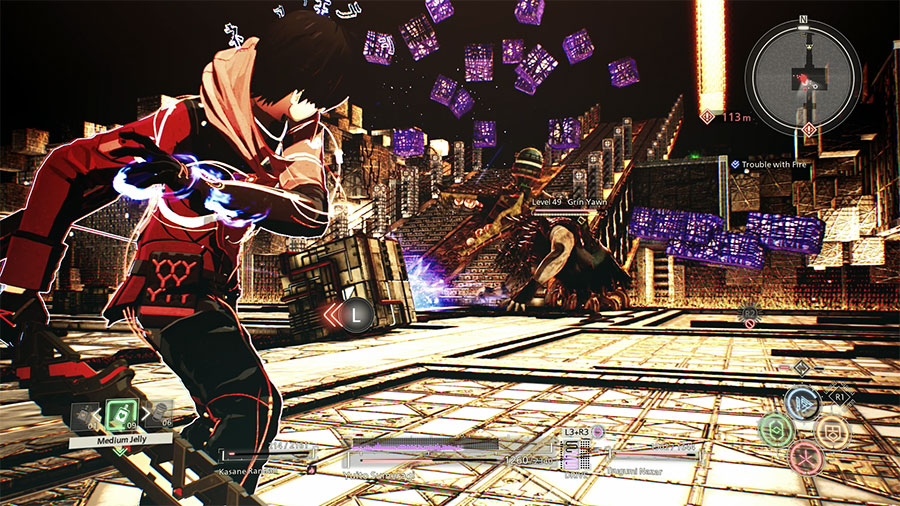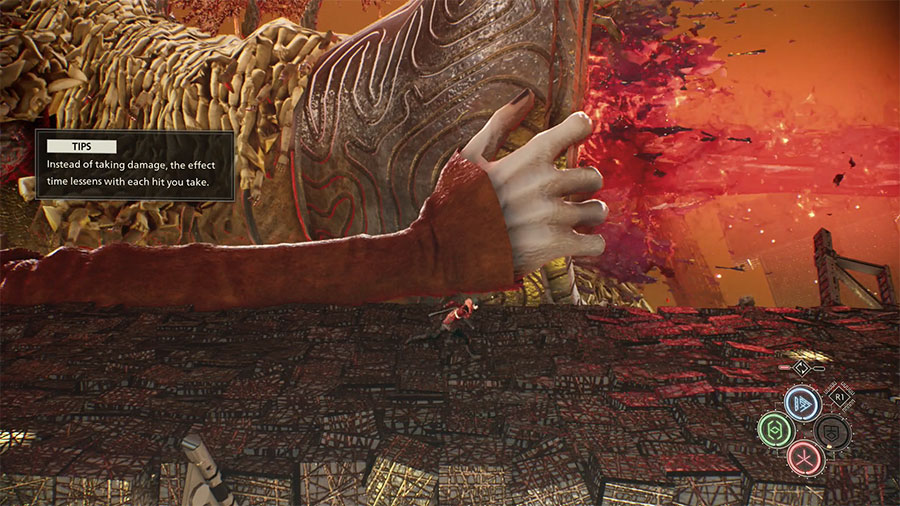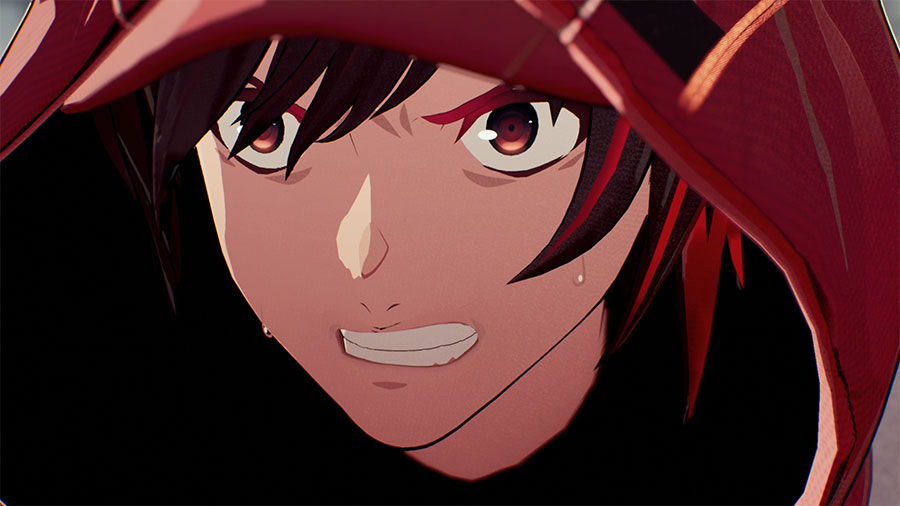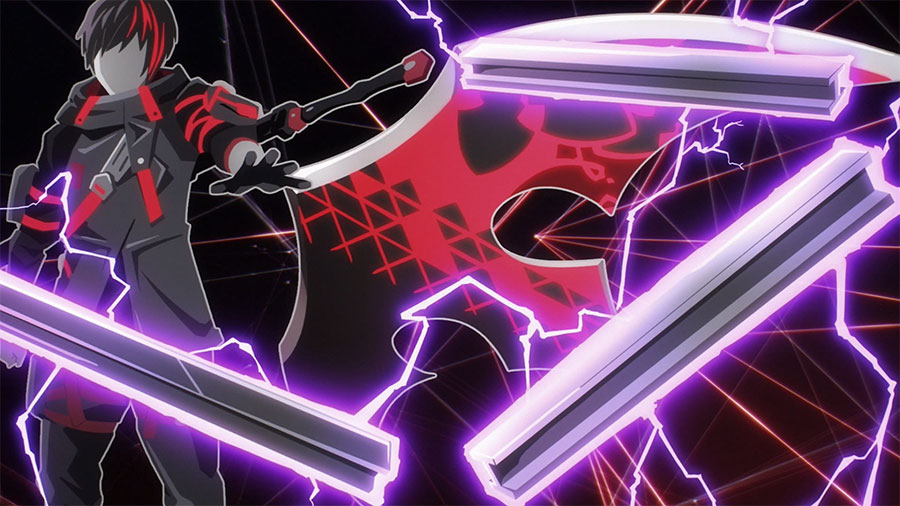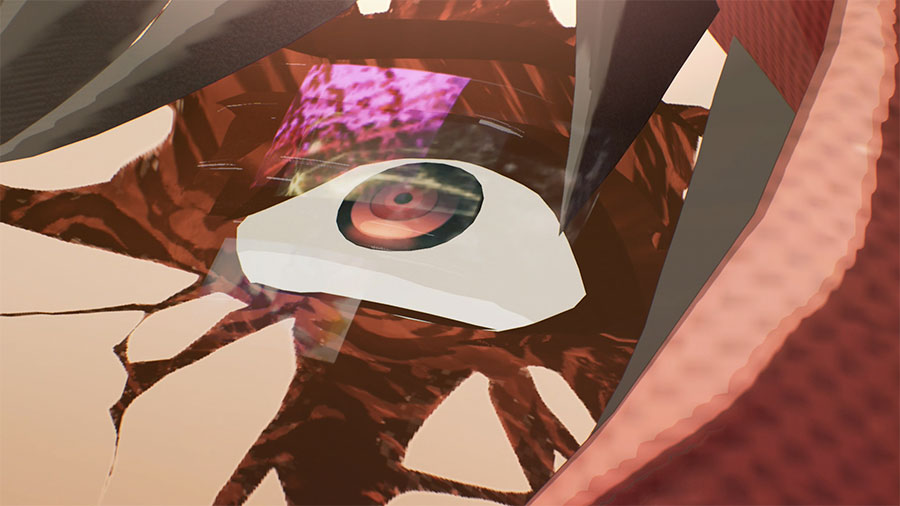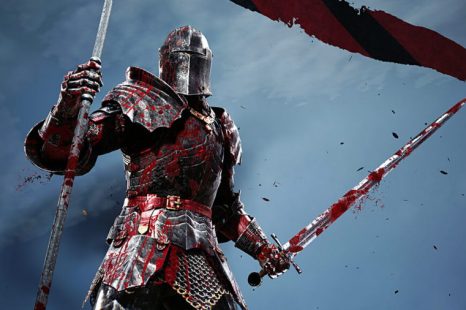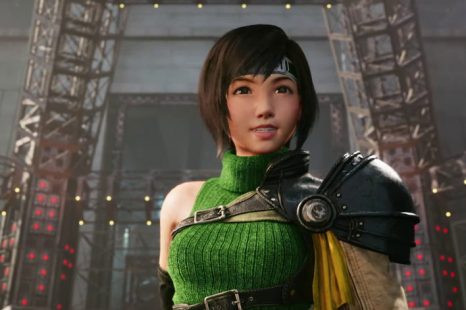Bandai Namco introduces players to a dark and gritty dystopian, brain punk adventure in Scarlet Nexus. This brand new, anime-styled IP offers a deep and weaving narrative alongside real-time combat and a cast of memorable characters. Fully voiced and available on all major console platforms and PC (barring the Nintendo Switch), this title definitely looks to be ticking all the right boxes, but does it boast a greater appeal than the niche-style anime games of today?
Scarlet Nexus Review
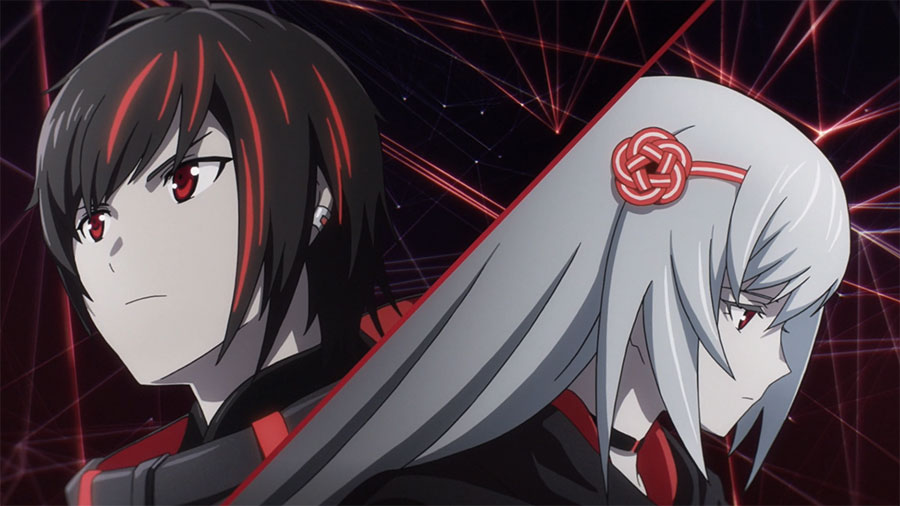
Scarlet Nexus places a heavy focus on its story, offering players two branching paths of adventure through the selection of one of its two main characters. For my completed playthrough I used Yuito Sumeragi; there are male and female protagonists available, both with differing story arches.
Yuito Sumeragi is a young man who has dreams of joining the Other Suppression Force (OSF) after a member saved his life as a child. He is a descendant of the founding father and has relatives in the highest ranks of the OSF, making his climb to the top even more difficult than regular recruits – having to impress both his family and superiors at the same time.
Scarlet Nexus places a very heavy focus on delivering an impactful story adventure. Humanity is under threat from extra-sensory beings known as Others. Long into the future, a special psionic hormone was discovered within the human brain. This special hormone unlock a hidden potential of the mind with some humans, granting them supernatural-like powers. This surge of powers attracted horrifying, mutant-like creatures that descended from the skies looking to feast on the hormone, devouring the brains of every human they encounter. Traditional military weapons and tactics were no match for the Others, leaving humanity’s final hopes of survival in the hands of the psionics of the OSF.
If delivery of narrative and enjoyment of story was the only benchmark to meet, Scarlet Nexus would have knocked it out of the park. The developers combine a stylized delivery of story, using animated character portraits and environments, gorgeous cutscenes, and great voice over work. It all came together to create a story that had me gripped from start to finish. Unfortunately, it struggles with issues that have plagued these type of titles for years.
The design and creative direction of the game are both very linear. From the corridor-like environments to the predictably constructed phases, it struggles with repetition and pacing issues, leading to much of its direction being very predictable and lackluster.
You complete a mission, get flooded with story, and then have an intermission where you can chat with your allies, give them gifts, and learn more about them. This in itself isn’t a bad design, but the flow of the experience suffers when the game favors either combat or narrative too heavily. Oftentimes I was almost exhausted at the thought of another fight, and other times I was dreading yet more dialogue. Even though both the story and combat are very above average, the pacing will not be to everyone’s liking.
Scarlet Nexus focuses on combat and story above everything else. The side content – meaningless side quests that offer very little outside of rewards to aid in combat – are cumbersome. They offer very little thought on managing several quests at once, or even tracking down objectives. Exploration is also nonexistent; there is nearly always a singular path to reach your goal, and straying from that path never offers more than items or other minor perks. The linear design will likely appeal to some, but I would have enjoyed more meaningful side content in a game that is rich in its story and world. Put simply, it feels a wasted opportunity.
Thankfully the side content can be completely ignored, which I did for much of the latter stages of the game. I wanted to push forward in the story, learn more about the characters and this intriguing world, a setting that has quickly become one of the best Bandai Namco has ever delivered. Even the opportunity to completely immerse myself in this creative environment was hampered by a repetitive and often frustrating combat system.
On its surface, the combat system in Scarlet Nexus is fantastic. The visuals are gorgeous, the enemy designs are incredible, dark, and disgusting – even terrifying in places. However, as the game progresses, its lack of depth and variety start to become monotonous. Playing as Yuito Sumeragi, you use psycho-kinetic abilities that allow you to use your mind to pick up nearby objects and hurl them at your enemies. Trash cans, metal grates, crates, even cars; there’s an impressive array of items that can be tossed around in combat. Some of the more powerful items deliver brief but easily manageable quick-time-event style button prompts that are impactful and enjoyable.
Combining these psycho-kinetic with sword combos allows for some intense combat sequences, but the basics don’t really grow much from there. As you progress through the game and recruit more allies, you unlock special Struggle Arms System (SAS) actions (what’s with these games and strange acronyms?). The SAS attacks allow you to use the supernatural-like abilities of your allies as if they were your own. There’s a good variety on offer. You can slow down time, imbue your weapon with special elemental damage, use defensive skills to become immune to damage, and unlock the ability to teleport. The variety and delivery of these features is fantastic, but its the necessity of these skills that breeds repetition.
Most of the SAS abilities are tools specifically designed to defeat specific types of enemies. Certain enemies become invisible during combat, other enemies become immune to damage as soon as you’re within melee range. You can use SAS abilities to counter these actions, but it’s mandatory. Instead of opening a new wave of potential combination attacks and abilities, it simply acts as a tool required for you to progress.
That’s not to say there isn’t still a level of satisfaction, especially in the latter stages of the game when enemies of multiple types attack you at once. Stringing together the right set of SAS attacks to take down a string of foes is an impressive feat and one that feels great – at least the first few times – but it quickly becomes stale. Compounding this issue is the game’s awful camera and lock-on mechanics.
Trying to focus on one specific enemy is far more difficult than it should be and even when focused, there’s not enough movement in the attacks to close the game, often leaving you swinging at nothing as the auto-targeting picked up the wrong enemy and turned the character around. Manual target switching is an option, but each time you hit a new enemy, the target automatically changes. It’s a cumbersome system that really detracts from what could be a flowing combat experience.
This creates for a thoroughly frustrating experience on any difficulty setting that isn’t easy. All Others have a weak point, a part of their body that you can exploit to unlock more devastating attacks. However, much like the SAS abilities, these are more mandatory than optional. It can be the difference between taking 30 seconds to defeat and enemy and five minutes. These weak points are displayed with visual cues, but you are unable to lock on to these particular parts of an enemy. More often than not, you’re fighting with the camera and lock-on system to get to a very specific part of an enemy and hope to hit it with the minimal movement offered with combination attacks.
Scarlet Nexus boasts a story that is impossible not to recommend. Bandai Namco has created a truly intriguing world that, even after completing the game, has me yearning for more. The option of playing the second main character, which boasts a different story direction, would be the perfect remedy if not for the other areas of the game falling short. Repetitive mechanics and frustrating combat design hamper what could otherwise be an incredible adventure.
This Scarlet Nexus review was done on the PlayStation 5 using the PlayStation 4 version of the game. A digital code was provided by the publisher.
Fully voiced and available on all major console platforms and PC (barring the Nintendo Switch), Scarlet Nexus definitely looks to be ticking all the right boxes, but does it boast a greater appeal
More than 20 years after its original PlayStation 1 release, the world of Square Enix’s Legend of Mana has gotten a remaster. Are the quality of life improvements worth it, or does the original reign
Nearly ten years after its original entry, Torn Banner Studios’ Chivalry 2 is here to bring us more medieval madness. Is the sequel a worthy investment, or should you just stick to the first game?
GamersHeroes
Source link
Related Post:
- 8 Tips to Become a Powerful Scarlet Guardian in Scarlet Nexus
- Scarlet Nexus Gameplay Demo Review: I Can’t Wait For More! Hands-On with this Genshin-Style JRPG
- Scarlet Nexus Review – The Final Verdict
- Scarlet Nexus review | PC Gamer
- Top RPG News Of The Week: May 16th (New World, Biomutant, Scarlet Nexus and More!)
- SCARLET NEXUS Demo Edition Is Now Available For Xbox One And Xbox Series X|S
- Top 5 Upcoming RPGs Of June 2024 (Dark Alliance, Scarlet Nexus and More!)
- June 2024 PC games: Scarlet Nexus, D&D: Dark Alliance, and more
- The Design Behind Scarlet Nexus
- Scarlet Nexus Demo Trailer Released

